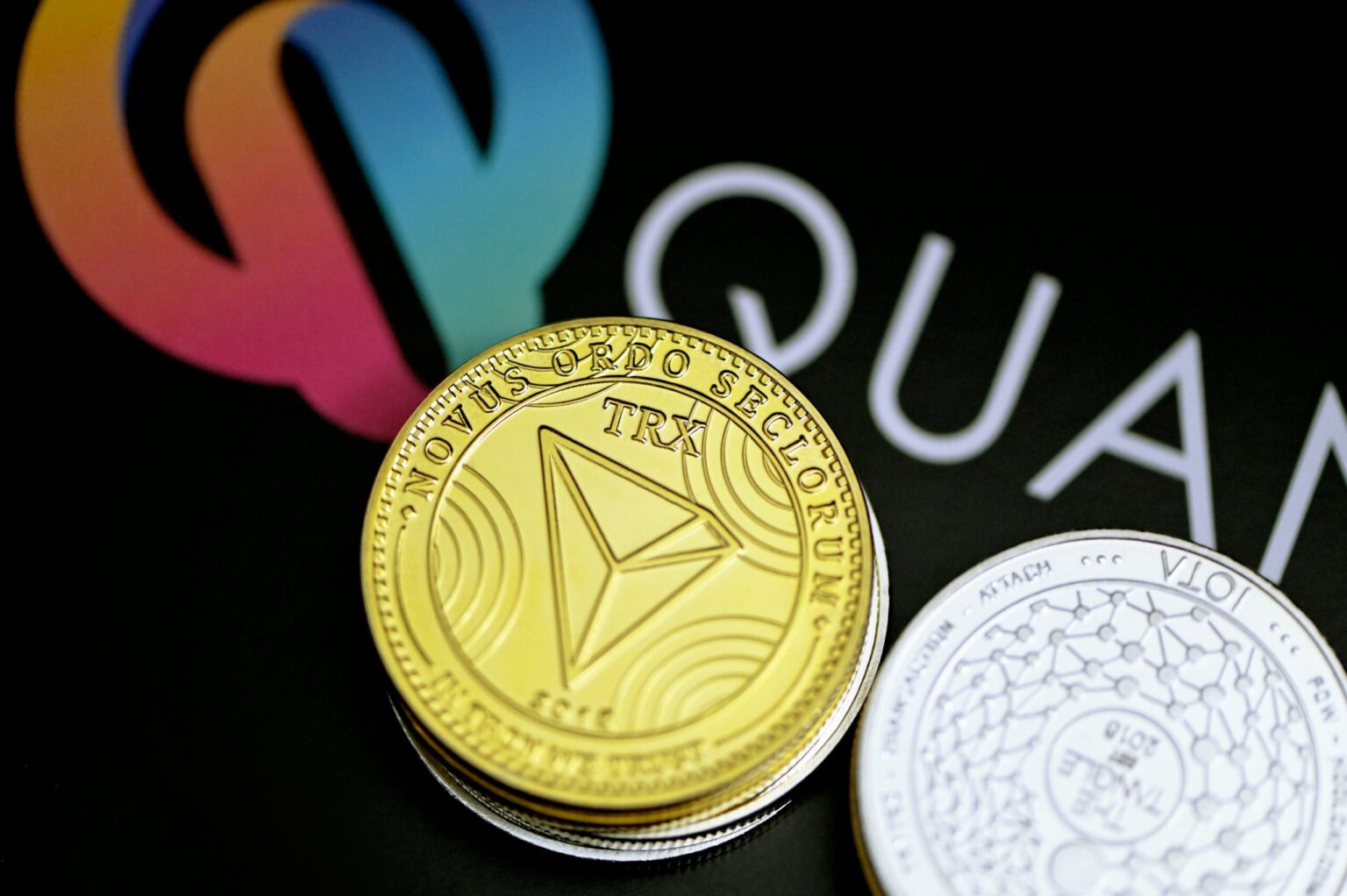The world of blockchain technology and cryptocurrency is evolving rapidly, offering investors new opportunities and challenges. As the digital currency landscape grows more sophisticated, staying informed about industry trends and technological advancements becomes crucial for making informed investment decisions. In this comprehensive analysis, we delve into the intricacies of the Tron network, highlighting its significant growth and competitive positioning among leading blockchains. Join us as we explore the factors contributing to Tron’s rise and its implications for the crypto market.
Tron’s Emergence in the Blockchain Arena
The Surge in Tron’s Transaction Fees
Recently, the Tron network has achieved a remarkable milestone by surpassing other major blockchains in terms of average monthly transaction fees. This rise in fees signifies Tron’s emerging prominence within the cryptocurrency domain. Market analysts, including recognized experts like Darkfost, have reported that Tron’s average transaction fee has climbed to $1.29, now paralleling fees seen on the Bitcoin network and exceeding those of Ethereum.
This notable increase in transaction costs can be attributed to a surge in on-chain activities, driven by the proliferation of decentralized applications (dApps) focused on gaming, stablecoin transfers, and the expanding decentralized finance (DeFi) sector. These factors collectively highlight Tron’s growing role as a robust and competitive blockchain platform.
Rising Transaction Volume and Adoption
The exponential increase in transaction fees coincides with a burgeoning number of transactions on the Tron network. Data from industry experts reveals that Tron has processed over 14 billion transactions in total, averaging approximately 8.5 million transactions monthly. This high throughput underscores Tron’s scalability and its capacity to handle daily interactions efficiently.
The heightened transaction volume is contributing to a faster TRX token burn rate, as each network interaction consumes a portion of TRX. This mechanism creates a self-reinforcing cycle: increased usage fuels more token burns, which in turn aids in reducing the overall supply, potentially supporting TRX’s price.
The Impact of Tron’s Growth on Crypto Market Dynamics
Is Tron a Better Investment Option Compared to Ethereum?
Tron is gaining traction due to its competitive transaction fees and rising on-chain activity. However, when considering investment, one must evaluate the broader economic ecosystem, technological developments, and the specific goals of each blockchain.
What Are the Main Drivers Behind Tron’s Increased Fees?
Tron’s fee increase is primarily driven by heightened on-chain activity, particularly from dApps and DeFi projects. Strategic adjustments in base transaction costs also play a role in boosting its fee structure.
How Does Tron’s Token Burn Mechanism Affect TRX’s Market Value?
The TRX token burn mechanism reduces the overall supply of tokens, exerting upward pressure on TRX’s price by limiting availability. This dynamic benefits existing holders by potentially increasing the token’s value.
In conclusion, Tron’s advancements in the blockchain space are reshaping the competitive landscape of digital currencies. By enhancing transaction speeds and maintaining lower costs, Tron is making a significant impact, attracting users and developers alike. As the cryptocurrency market continues to mature, staying informed through platforms like Finances Zippy will be essential for making strategic investment decisions that capitalize on emerging trends.

